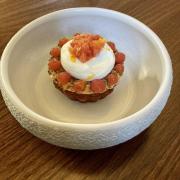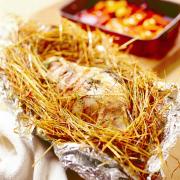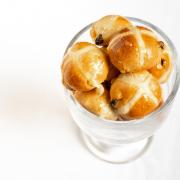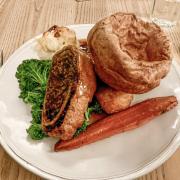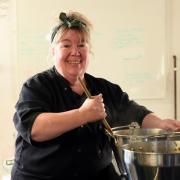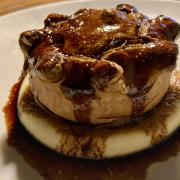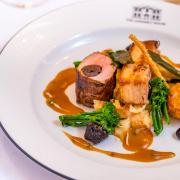It’s not just the wine you choose, it’s the way you serve it, says Broadland Wineries’ Director of Wine, Dr Arabella Woodrow, who explains how to get the best from your bottle
Much is talked about wine quality and style, and which countries, regions or grapes are the ones to choose. However, if wine is not served properly it will not show at its best.
To begin with, it really helps if wine is stored properly; unless of course you have bought it to drink within just a few days. Wine is less susceptible to premature ageing if kept at a cool temperature, and preferably not exposed to vibrations, any large fluctuations in temperature or strong smells. This means that in the kitchen, under the stairs or in the garage are not usually the best places! Ideally a cellar or basement is best. Bottles are best stored lying down if they have a cork closure, so that the cork doesn’t dry out.
Wines do like to be served at the correct temperature. Whites, rosés and sparkling wines all benefit from chilling, but if served too cold the wine will not taste of much.
As a rough guide, sweeter wines, rosés and sparkling can be served well chilled (5-8C) as can aromatic, floral styles (Sauvignon, Riesling, Viognier), but for others such as Chardonnay and oaky styles 11-13C is sufficient.
Red wines need to be served warmer, 15-18C is best as this softens and mellows any harsh or tannic components and lets the flavours develop. I recommend never putting bottles of red in an airing cupboard or on a hot radiator to warm up, as that may make the wine taste “baked” and lose subtlety. Equally, using a microwave is not a good idea (and won’t work if the bottle has a screwcap or metallic capsule). What works much better is warming a jug or decanter and pouring the wine into that. It can always go back in the bottle again later for serving. Decanting is also useful for reds that have a deposit (aged wines and vintage port) to separate the wine from the bits. For young reds, decanting can also allow aeration to allow their full flavours to open up quickly.
Some light reds can be served chilled in hot weather: these include Beaujolais, Bardolino, red Lambrusco.
The choice of wine glass can make a big difference. Most experienced tasters like them made with thin glass as the wine tastes better, so cut glass or Paris goblets are not ideal. The shape of the glass is important too - the rim should be narrower than the bowl as this allows the bouquet to concentrate at the top, so you can appreciate that just as you start to sip.
Professional tasting glasses are small, tulip-shaped ones which suit all styles of wines. But there are different shaped glasses on the market which have been specially designed to match certain types of wine, each based on the different wine characteristics.
White wine glasses are generally smaller and slimmer in shape than those used for reds, while flutes are best for sparkling as these keep the bubbles in longer. Red wine glasses are often rounder to let the aromas develop fully; particularly for tannic reds such as Cabernet or Shiraz.
Finally, it is best not to use detergent when cleaning glasses as this can leave a taste and residue: just leave them to drain and wipe with a clean linen cloth. It is also a good idea to rinse or wipe glasses that haven’t been used for a while before filling, as in a dusty box or cupboard they can pick up musty taints as well as dust.




